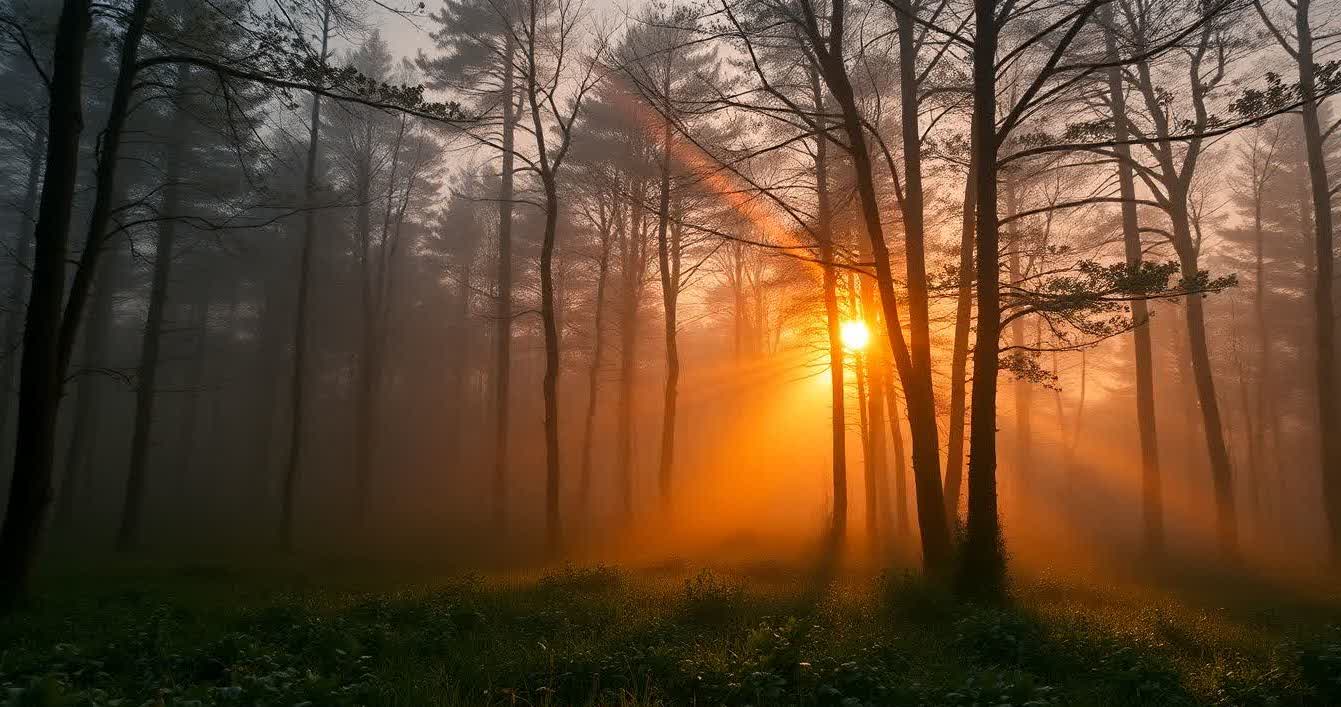June 06, 2025

Backlighting in landscape photography is an elevated art form—one where light is not just illumination, but an emotional element. By placing the sun behind your subject—whether it's a field of flowers, a mountain range, or a misty forest—you unlock the power to create glowing outlines, sun flares, dramatic silhouettes, and surreal atmosphere.
In this in-depth guide, you'll learn how to use the sun as your storytelling tool, how to dial in the right exposure settings, what gear enhances your backlit shots, and how to turn these images into creative or commercial assets.
Backlighting adds dimension and mood that front or side lighting can’t replicate. It transforms ordinary landscapes into ethereal, almost cinematic visuals. Here’s why it works so well:
For a deeper understanding of tonal mood through contrast, explore : How to Shoot High-Contrast Black and White Photography
Mastering exposure in backlit conditions is key to preserving both highlight detail and overall scene drama. Use the following settings as your starting point:
1. Aperture: f/8 to f/16 : A narrower aperture ensures:
Try framing the sun behind a tree or mountain peak to get that stunning starburst effect.
2. Shutter Speed: 1/125 – 1/500 or Bracketed : Backlighting creates high-contrast scenes, so a fast shutter speed is often needed to prevent blown-out highlights. Use exposure bracketing to capture multiple exposures you can blend in post.
3. ISO: 100–200 : To maintain image clarity and dynamic range, shoot at the lowest native ISO possible. Backlit scenes are usually bright enough to avoid bumping ISO unless you’re shooting in fog or dense forest.
4. White Balance: Cloudy or Daylight : These settings enhance the natural warmth of backlight, especially during golden hour. Custom white balance in the 5500K–6500K range is also effective.
5. Metering Mode: Spot or Evaluative (Matrix)
Dive deeper into exposure choices at Camera Settings for Backlit Photos
Taking control of composition and natural elements can dramatically improve your backlit shots:
1. Block or Filter the Sun : Partially obscure the sun behind an object (tree, cliff, mountain) to:
2. Foreground Framing : Include elements like:
These add depth, storytelling, and visual anchors for your viewer.
3. Golden Hour Timing : Shoot during the first hour after sunrise or last hour before sunset. The sun’s lower angle softens shadows and provides a rich, warm backlight that brings emotion and glow.
4. Use Natural Atmosphere : Backlighting enhances environmental particles—especially during:
These conditions result in light beams and glowing textures.
Want to enhance glow and contrast in post? Check : Best Photo Editing Apps in 2025
Using the right equipment ensures your vision is captured without compromise:
1. Wide-Angle Lens (16–35mm) : Essential for epic vistas, wide scenes, and foreground-background layering.
2. Tripod : Vital for stability, especially when:
3. Graduated ND Filters : Balance the bright sky with darker landscapes below. Use soft-edged GND filters for subtle transitions.
4. Lens Hood or Hand Shielding : Control unwanted flare when it doesn’t suit your creative intent. Blocking stray sunlight increases contrast and sharpness. Looking for your first setup? Check Best Camera for Professional Photography Beginners in 2025
Test your skills and grow your eye with these guided experiments:
Backlit photos are in-demand for prints, licensing, and travel media. Here’s how to turn them into revenue:
Backlit landscape photography is about more than pointing your camera toward the sun—it's about mastering light as a creative force. From glowing sun flares and misty morning rays to rim-lit peaks and golden silhouettes, backlight transforms ordinary scenes into unforgettable visuals.
Practice shooting in different conditions, tweak your exposure settings, experiment with filters—and above all, let your artistic eye guide you.
Stay up to date with the newest tips, gear reviews, and step-by-step guides to elevate your photography journey from home and beyond.